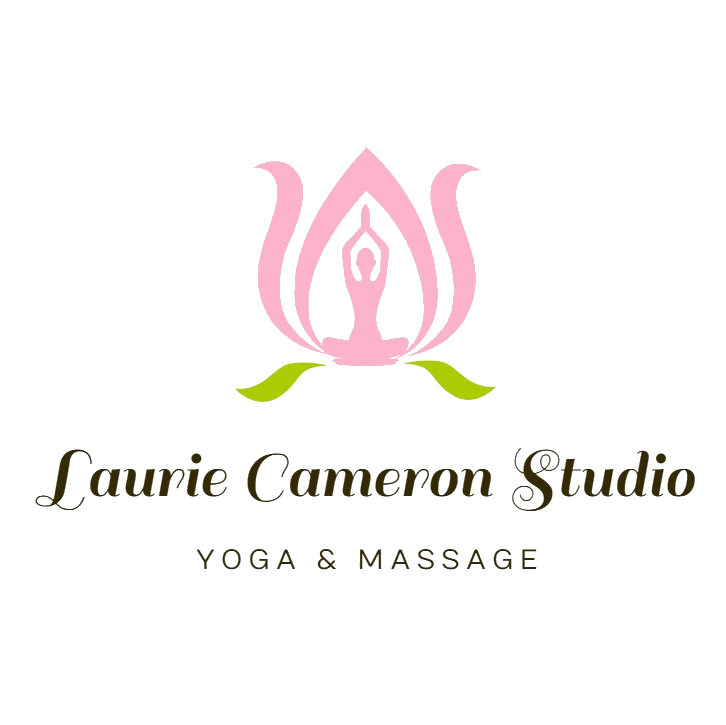About Viniyoga

Laurie teaches a method of yoga called Viniyoga which adapts the various tools of yoga to the unique conditions, needs, and goals of the individual. Viniyoga sequences postures to increase benefits while reducing risks through intelligent preparation and compensation for the body. Emphasis on breath-awareness and internal experience create a meditative and restorative effect.

Laurie and Viniyoga
Laurie studied with Gary Kraftstow at the American Viniyoga Institute in Maui, Hawaii (see History of Viniyoga below), and is a registered E-RYT 500, LMT (Experienced – Registered Yoga Teacher). She brings these skills not only to her studio classes but also to cancer patients at The Breast Center at Milford Regional Medical Center and students at Mount Holyoke College. (See About Laurie for details.)
What are Laurie’s classes like?
Laurie adapts postures to the level of each student in every class. Classes are based on a specific intention rather than on a “level” of difficulty. This intention – or focus for the class – is directed by the needs expressed by the students at the beginning of each class. Every class includes movement and held postures as well as focus on intentional breathing throughout the class. Laurie’s teaching style is light-hearted and compassionate. Her goal is that every individual feel welcome and nurtured, leaving class feeling balanced and at ease. To create a personal practice, Laurie offers individualized private yoga sessions by appointment.
How is Viniyoga different from other methods?
There are four points that characterize the main differences between the Viniyoga approach and most other forms of yoga practice.
Repetition and Stay – We prepare the body by going into and out of a posture before holding.
Function over Form – We focus on the physical effect of the movement and posture on each part of the body to achieve intended results, addressing the specific issues that students bring to the class.
Breath and Adaption – We focus on the breath as the vehicle of movement and adapt the patterns of breath to produce various effects in the body and mind.
Art and Science of Sequencing – We develop sequences with postures of different orientation, length, and intensity to suit the focus of each practice which creates varying effects on the body, energy, and emotions while balancing and aligning the body.
Benefits of Viniyoga
Adapts to all body types, ages, conditions and special needs
Increases flexibility, strength, and range of motion
Re-educates the body’s habitual movement patterns to healthier ones
Creates balance within the body, and between the body and mind
Reduces the risk of injury during yoga practice
Quiets the mind
Is varied and interesting
History of Viniyoga
Viniyoga is a term from ancient Sanskrit that implies differentiation, adaptation, and appropriate application (prefixes “vi” and “ni”, plus yoga). The term Viniyoga has been used by T.K.V. Desikachar to describe his approach to utilizing the tools of yoga; in particular his conviction that yoga practice should be adapted to fit the individualtity and particular situation of each practitioner. This conviction was inherited from his father, T. Krishnamacharya, who considered every student as abolosutely unique.
In the west, this approach to yoga was evolved by Gary Kraftstow, founder of the American Viniyoga Institute and Laurie’s teacher. Viniyoga can involve the practice of asana, pranayama, bandha, sound, chanting, meditation, personal ritual, and study of texts.



